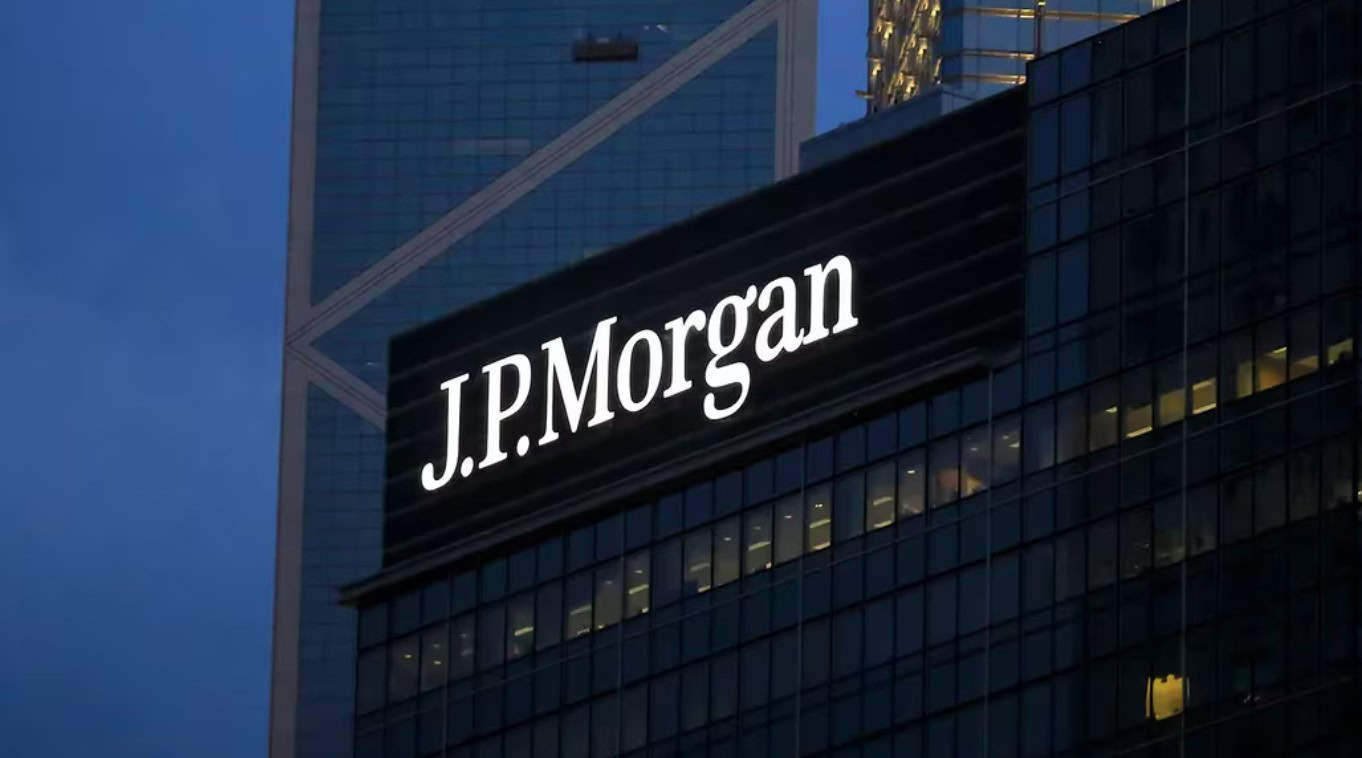Stablecoin supply has been growing in U.S. dollar terms, but the expansion doesn’t mean it’s taking over crypto market share; rather, it is mainly an indication of the increase in total digital asset market cap, JPMorgan (JPM) said in a research report on Wednesday.
A stablecoin is a type of cryptocurrency that’s normally pegged to the U.S. dollar, though some other currencies and assets such as gold are also used.
There has been “little change in the stablecoin market share as a percentage of total crypto crypto market cap,” analysts led by Nikolaos Panigirtzoglou wrote.
The bank noted that total stablecoin market cap has rebounded to $165 billion, nearing the previous high of $180 billion, which was witnessed before the Terra/Luna collapse.
There are a number of reasons for this stablecoin market growth.
The large gains in prices of bitcoin (BTC) and ether (ETH) this year have triggered an increase in crypto market cap which has led to growth in the supply of stablecoins as these tokens “serve as collateral in crypto lending/borrowing and other crypto transactions,” the report said.
Investors have been increasingly using stablecoins to access the crypto markets following the launch of spot bitcoin exchange-traded funds (ETFs) in the U.S. in January, the bank noted. These cryptocurrencies have also seen more demand from the traditional finance world.
This year has seen the emergence of new stablecoin issuers and products such as Ethena’s USDe, the bank said, which has also contributed to growth.
Regulatory clarity in Europe, with the introduction of the Markets in Crypto-Assets (MiCA) legislation on July 1, has attracted investors to the stablecoin space, the report added.

